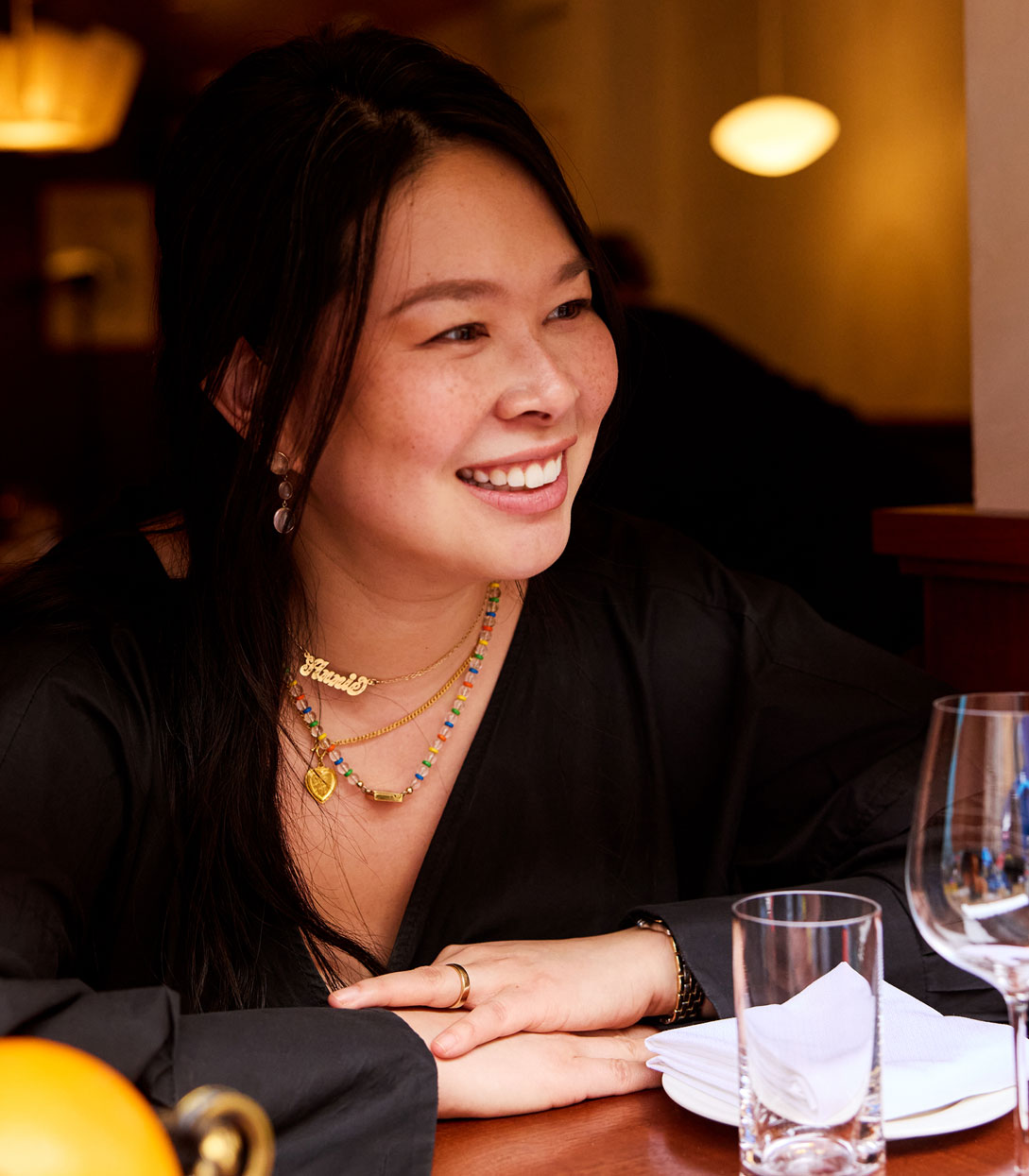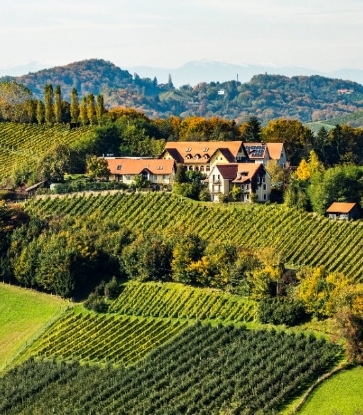Wine and food are confusing enough already—let alone when they are paired. As complex as it may be, there are few things more satisfying than when your palate experiences the right wine with the right dish.
The fundamentals of food and wine pairing are rooted in science, and there are empirical reasons certain wines match better with certain cuisines than others. You can imagine my surprise, then, when I came across an article on thedrinksbusiness.com called “Tim Hanni, MW: Food And Wine Pairing is Bullsh*t.” Hanni not only called for a complete overhaul of the idea of food and wine pairing—but, as the article's title implies, he also flat-out called it bullsh*t.
But again, there is science here, and it is simple: Tannins in wine will molecularly bind to proteins in a dish. For example, the protein in a good steak will soften the texture of a tannic wine, while the tannins provide a textural support to the beef; acid in wine tends to be negated by fatty, oily foods. If you have ever tried foie gras with Sauternes, you notice that, individually, both are very rich. But together, the acid in the wine cuts through the fattiness of the foie, and gives it a much-needed lift—the effect is synergistic. Chef and sommelier Spencer Wolff, food and beverage director at the Huntington Hotel in San Francisco, agrees: “A fatty dish craves something with higher acidity, so why not pair that with a high-acid wine?”
There are, of course, general guidelines for matching food and wine that are well accepted by both sommeliers and scientists alike. A wine’s flavor intensity should be balanced by the flavor intensity of a dish. Delicate wine is best paired with a delicate food. Dr. Benoit Lecat, head of the Wine and Viticulture Department at CalPoly, says, “The wines of Chablis are dry, lively and even sinewy when young. They are subtle, fine and elegant, and pair with the delicate flavors of oysters, shellfish and snails.” As for dessert pairings, wines should be slightly sweeter than the dessert. If these general rules aren’t followed, it’s not the end of the world, but you may experience the metallic, bitter flavors of an incongruent pairing.
When I worked as a sommelier at The French Laundry, one of the most important lessons Thomas Keller instilled in me is the idea that perfect food does not exist. I feel the same way about pairings—I don’t believe there is one perfect wine for a dish, rather, there are a multitude of wines that will work better for certain plates than others. Tasting is a subjective experience—every sip and every bite will taste slightly different for each person. Likewise, the success of a pairing ultimately depends on the individual tastes of a person. These moments are transcendent, memory forming and, most importantly, pleasurable. A successful restaurant focused on getting people to revisit will capitalize on this potential.
“As a wine director and chef, I often [tell diners] a suggested wine for a dish,” Wolff says. “I firmly believe that a wine can enhance a dish and make it stand out more than if it was just eaten on its own.” Shaun Adams, beverage director and head sommelier for Bob Parsons’ Scottsdale National Golf Club, concurs. “Wow, that’s quite the claim that food and wine pairing is bullsh*t,” he says, surprised by Hanni’s comments. “Can you take it too far? Yes. But when guests return because of an amazing food and wine pairing that created pleasure, conversation and memories—that’s a truly beautiful thing. Is there a perfect pairing that works for everyone? No. Is there a pairing that makes both the wine and the food better? For sure.” Dr. Lecat says, “I found Hanni’s statements very weird for a Master of Wine. I believe people have the right to drink anything without pairing it with food, but academic literature has shown that food and wine pairing is not bullsh*t.”
A thoughtful food and wine marriage will make both elements come alive while creating lasting memories for the taster. And the science of how food and wine molecularly bind together, equalize, neutralize and/or enhance the flavors of one another is not bullsh*t, nor is the enjoyment that it delivers. As a recovering sommelier, I’m simply saying that there is always potential for a food and wine pairing to create that transcendent experience sought after by chefs, sommeliers and anyone searching for culinary pleasure, the almost magical synergy achieved when the wine makes the food better and vice versa. My own curiosity has led me to discover crazy wine pairings that ended up working really well—but some have been absolute failures!



















